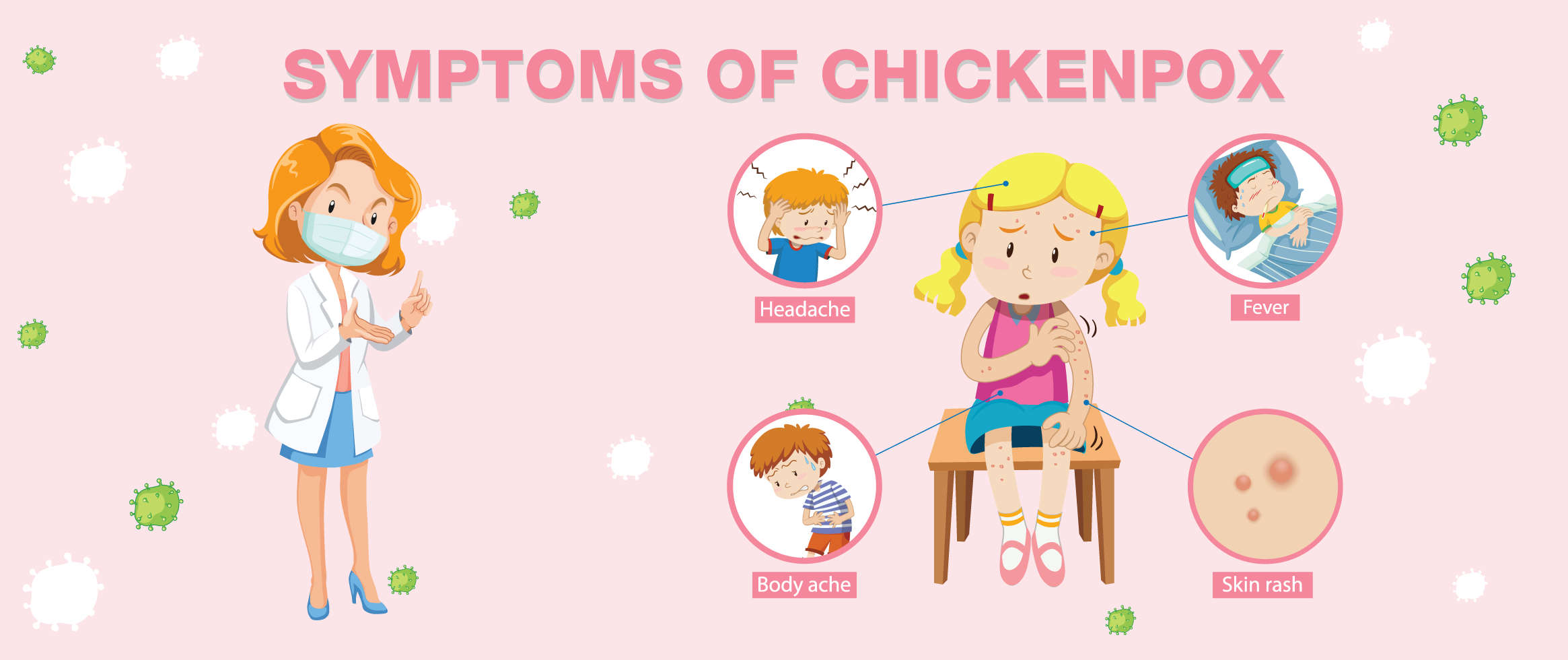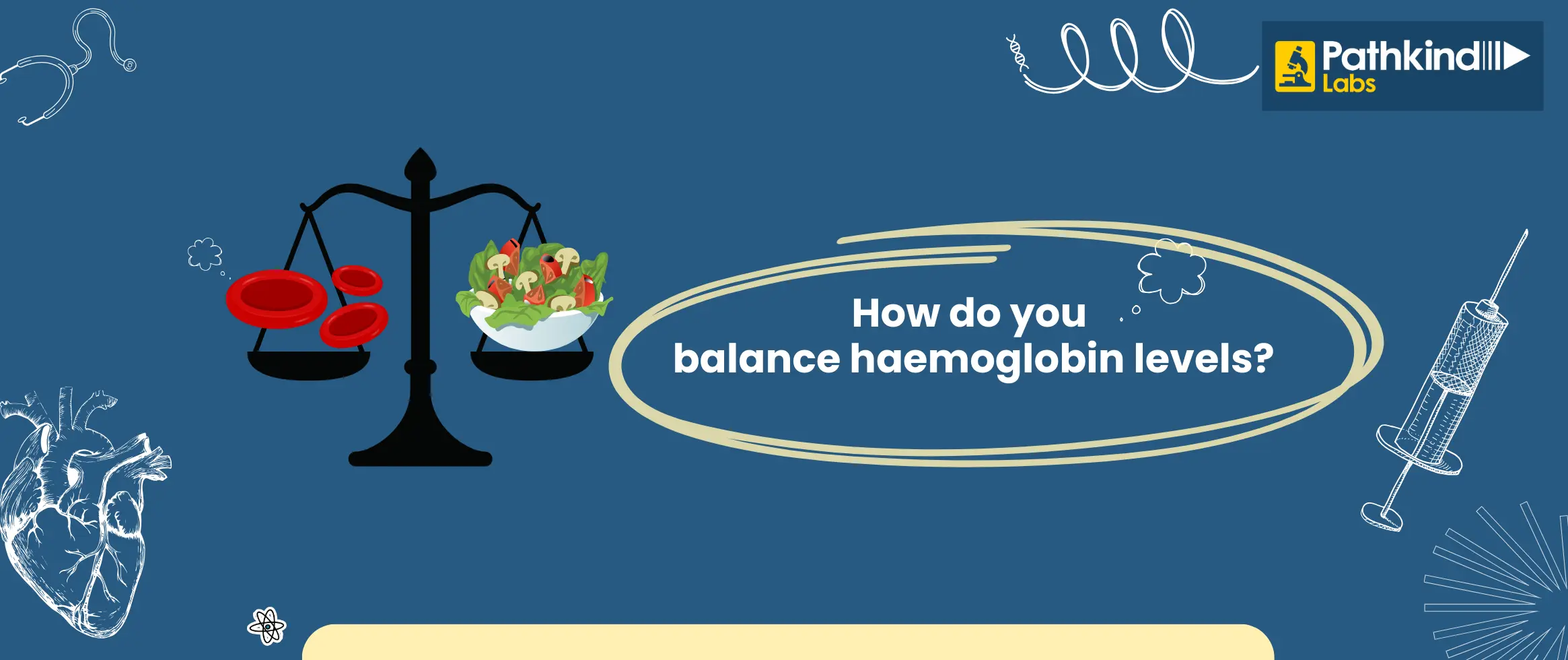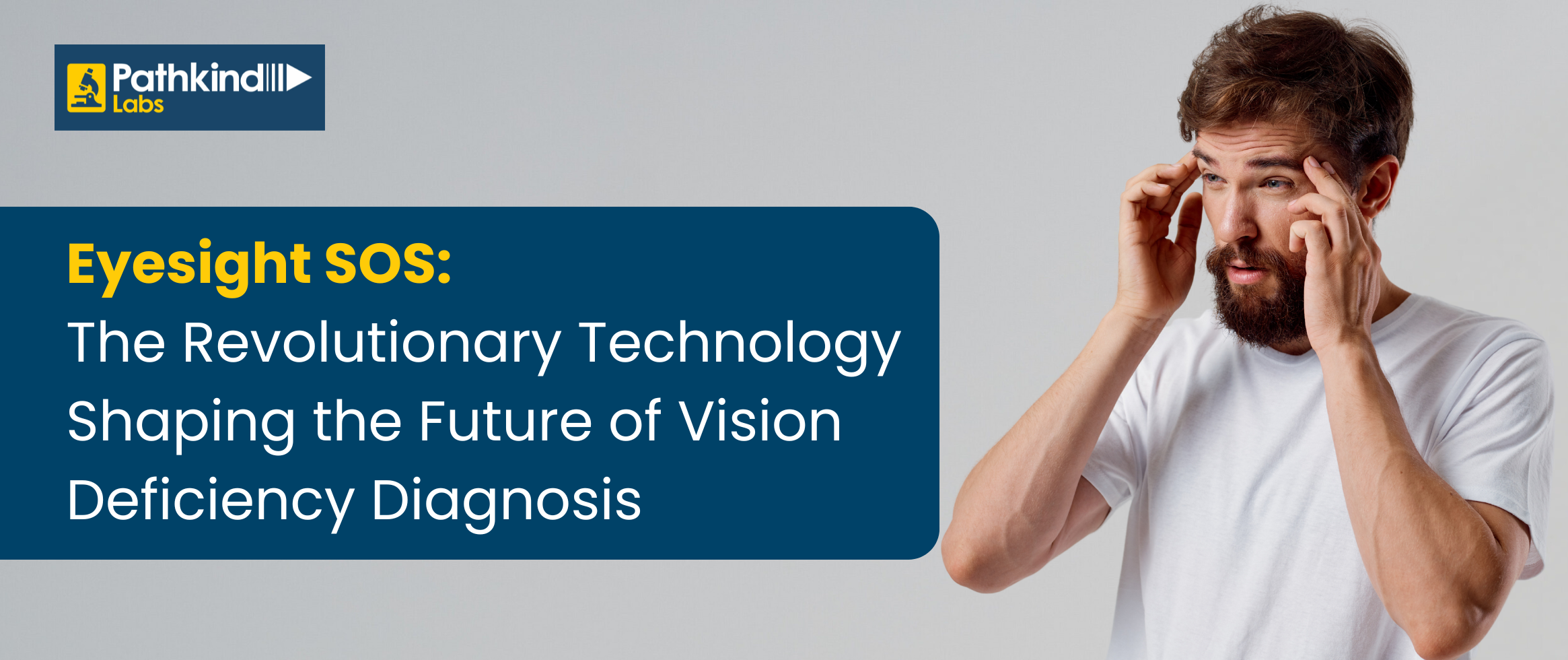A series of tests carried out on a sample of blood is known as a hemogram, often known as a full blood count or complete haemogram test. The haemogram is a thorough screening tool that looks for any illnesses and infections in the body. The three blood constituents, red blood cells, white blood cells, and platelets, are mostly tested by hemograms.
What we do understand by Haemogram?
A series of tests carried out on a sample of blood is known as a hemogram, often known as a full blood count or complete haemogram test. The haemogram is a thorough screening tool that looks for any illnesses and infections in the body. The three blood constituents, red blood cells, white blood cells, and platelets, are mostly tested by hemograms.
A wide range of tests is conducted under these three categories, including total WBC count (TLC), total red blood count (RBC), and haemoglobin (HGB). Haematocrit (HCT), Mean Cell Volume (MCV), Mean Cell Haemoglobin (MCH), Mean Cell Haemoglobin Concentration (MCHC), platelets count, RDW-SD (RBC Distribution Width-Standard Deviation), neutrophils, lymphocytes, monocytes, eosinophils, basophils, PCV (Packed Cell Volume), P/S (Peripheral Smear) Examination, R (Erythrocyte Sedimentation Rate).
Among other illnesses, CBC and hemogram tests are used to measure several blood abnormalities. The hemogram test comprises CBC and ESR testing, which is a significant distinction between the two procedures. Erythrocyte sedimentation rate is not included in a CBC test, however (ESR). The primary benefit of a hemogram test is that it may identify even the smallest aberration in the bloodstream and provide vital details about the underlying medical condition.
Why is detected by Hemogram with PS Test?
To keep track of an aged person's general health, a hemogram test is frequently conducted. The following chronic illnesses and health issues in older individuals are measured by this test.
- Cancer
- Arthritis \Dehydration
- Heart issues
- mineral and vitamin deficits
- Immune system diseases
- Inflammation or infection
- Issues with Bone Marrow
- Low Hemoglobin condition called Anemia
- Diseases of the bone marrow, such as myelodysplastic syndromes
- Medicine side effects or chemotherapy side effects
- Various malignancies, including lymphoma and leukaemia
Who Needs Hemogram with PS Test?
Adults over 60 have a progressive decline in their health, which raises their chance of developing illnesses and diseases. This is not always the case, though, as some seniors enjoy fantastic health as a result of receiving exceptional treatment at the appropriate time to ensure a better life and beautiful golden years. Regular health check-ups are a terrific method to take care of your elderly parents or grandparents and stave against sickness if you are caring for them. You must monitor their health and provide them with the appropriate care as needed since their advanced age renders them frail and vulnerable.
It may be able to identify the cause of several ailments that affect the elderly. Doctors can assess the patient's potential for the beginning of a medical problem and take appropriate treatment based on the results of a thorough hemogram. This aids in implementing preventative measures early on to avert problems and possibly the onset of a disease.
Preparation and Procedure of Hemogram with PS
The haemogram test is performed on a sample of blood and doesn't require any additional setup. Only a few things can change the test findings, therefore the doctor has to be informed. The following are these elements:
- A few drugs, including diuretics, antibiotics, steroids, etc.
- If you are Pregnant
- Specific types of allergies
- High amount of triglycerides
- Smoking, anxiety, and strenuous exercise
Elderly people need to take extra care for the test. While there is no specific preparation needed for older persons receiving a hemogram test, keeping the following in mind will make the process simple.
1. Before the test, drink a lot of water to support a healthy blood flow throughout the body. The technician will find it simpler to detect the vein and collect the necessary sample as a result.
2. To maintain blood sugar levels before the test, eat plenty before you go. This avoids feeling lightheaded or woozy after blood is drawn.
3. Avoid taking any medication just before the test as suggested by your doctor.
4. If you're starting to worry about the test procedure, calm down. Beforehand, request an explanation from the technician.
5. Following the operation, take off the bandage from the affected region. Apply mild pressure to the area until the bleeding stops, then wrap it with a new bandage if necessary.
6. Apply an ice pack to the region to reduce swelling if it bruises. Continue doing it until the skin colour returns to normal.
Procedure
- A blood sample from the patient is taken for a hemogram with a PS test. The exam may be taken without any extra equipment. Let's examine the testing process.
- You must first go to the hospital or pathology lab in your area.
- Your arm's surface, ideally the upper arm, will be cleaned by the lab technician before blood samples are taken.
- To raise your blood pressure and make it easier to locate the vein, he will put an elastic band around your upper arm.
- A syringe needle is placed into the vein to collect a sample of blood.
- Once the blood has been collected, the elastic band is removed.
- The drawn blood will be collected in a container for further analysis.
Test Results for Haemogram with PS
The entire haemogram blood test results are interpreted using the indicated parameters' normal ranges. The individual is in good health if the test results fall within the usual range. If the situation is the contrary, it is suggested that the person take care of themselves by taking prescribed prescriptions.
- Hb levels should be between 12.3 and 15.3 g/dL and between 14 and 17.5 g/dL in men (females)
- RBC count should be between 4.5 and 5.9 x 106 in men and 4.5 and 5.1 x 106 in females (females)
- The typical range for TLC is 4.5-11.0 x 109 /L for all genders and all age groups.
- 56% of blood is composed of neutrophils.
- 2.7% have eosinophils.
- 34% of cells in the body are lymphocytes.
- 4% of the population are monocytes.
- ESR is 0 to 20 mm/hr.
- 80-96 ms for MCV
- The MCH is 27.5-33.2 pages.
- 32%–36% of MCHC
- PCV 36%–47%
- 150–450 x 103/l of platelets.
- RDW-SD is 39–46 fL, while RDW–CV is 11.6%–15%.
- MPV is 8.6-15.5 fL, P-LCR is 11.9%-66.9%, and PDW is 8.3-25.0 fL.
- PCT is 0.15%-.62%
- 1800–7800/l is the absolute neutrophil count.
- 1000–4800 lymphocytes per litre are counted absolutely.
- Absolute monocyte counts range from 0-800/l.
- Absolute eosinophils count is 0–450 /µl
- The total number of basophils




 NABL approved
NABL approved  Most Trusted by
Most Trusted by  Accuracy &
Accuracy &  Widest Range
Widest Range 


















